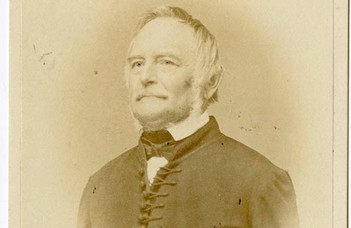The occupation of reform-era academics, with special reference to priests and teachers II.
Part II

In the reform era, academics were still most often prominent men who belonged to a civil profession, or to a rudimentary version of such a profession. In this way, we can examine the occupational affiliation of this closed circle, and this examination promises to yield important lessons in two directions. We can assess the proportion of each of the slowly emerging professions represented in the Academy, the order in which they were represented and the strength with which they were able to delegate representatives to an otherwise heterogeneous but still closed elite society. This aspect of occupational structure or professionalisation is complemented by the reading that this gives us a picture of the internal composition of the Academy, the structure and milieu of the professional basis of the debates taking place there.
Even if we are aware of the limitations of the procedure, this seems to be an interesting experiment, promising interesting methodological and conceptual lessons: in the wake of the transition from the orderly state to the modern, civil occupational structure, we are often confronted with difficult-to-resolve dilemmas, for example, around the question of the honorator vs. the polyhistor or even the assignment of the livelihood of individuals to their occupation.
In line with this, János Ugrai's study published in the Korall thematic issue collects the group characteristics of the occupations of academics, and then narrows the focus of the study to the earliest professionalising professions, the clergy and teachers. The research tension here is heightened by the fact that, although both priests and teachers were at the forefront of the professionalisation of intellectual occupations, these professions quickly lost their relative social prestige and were soon relegated to the academic elite. The study can therefore be interpreted as a snapshot of a rapidly passing, strange coexistence.

